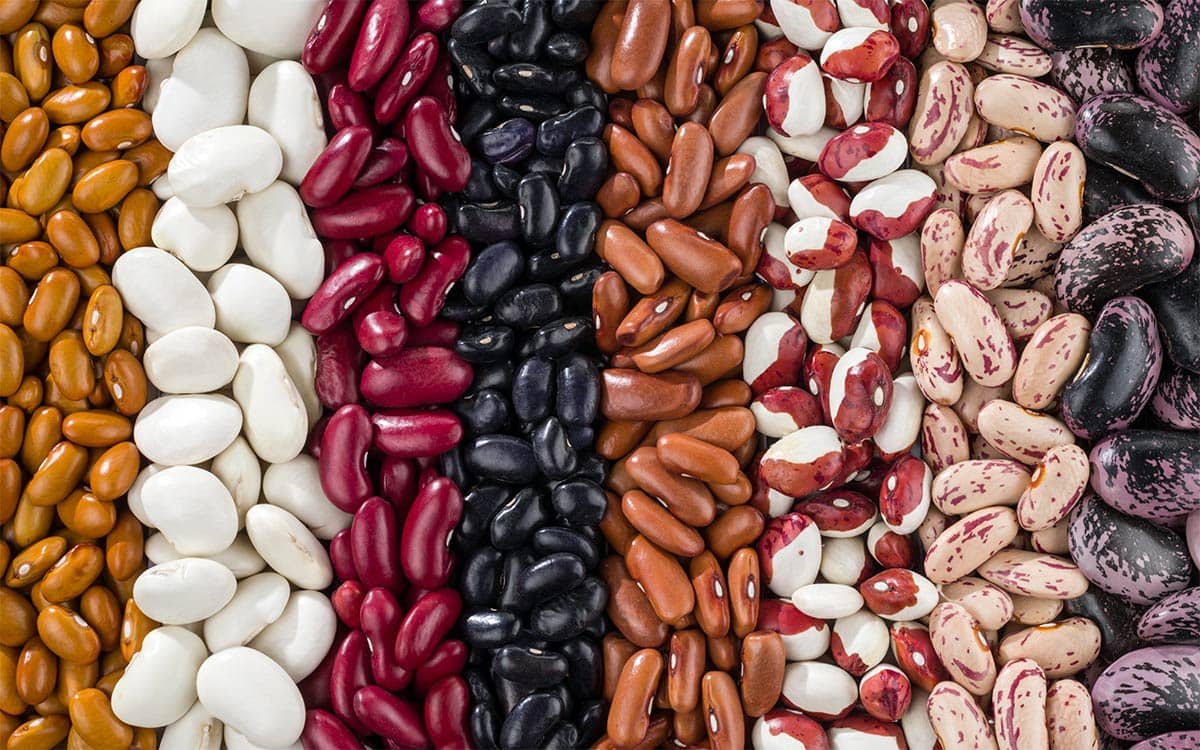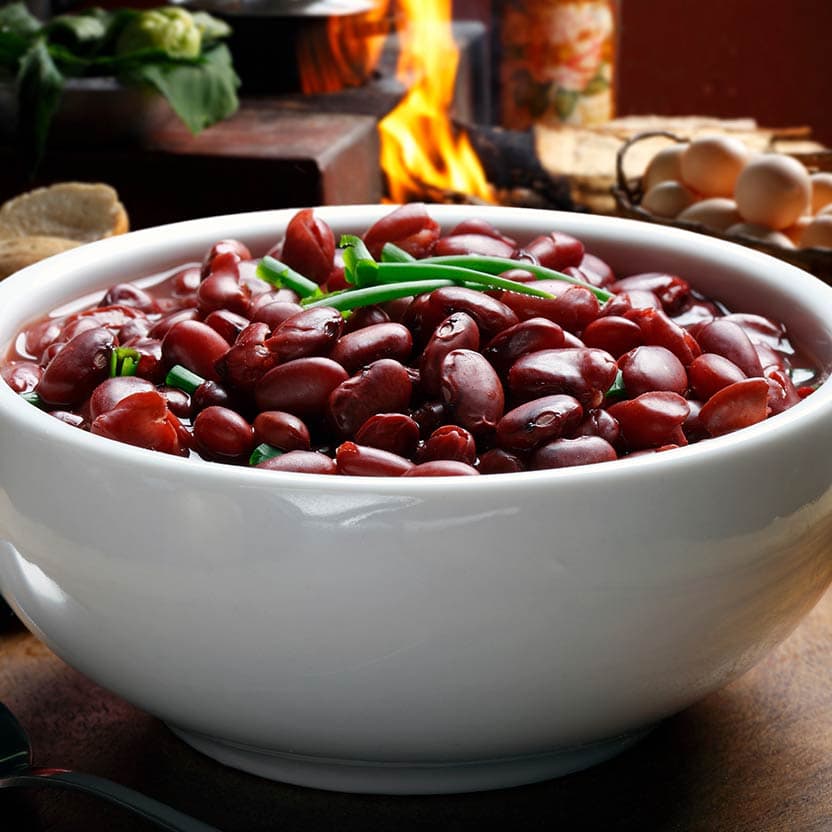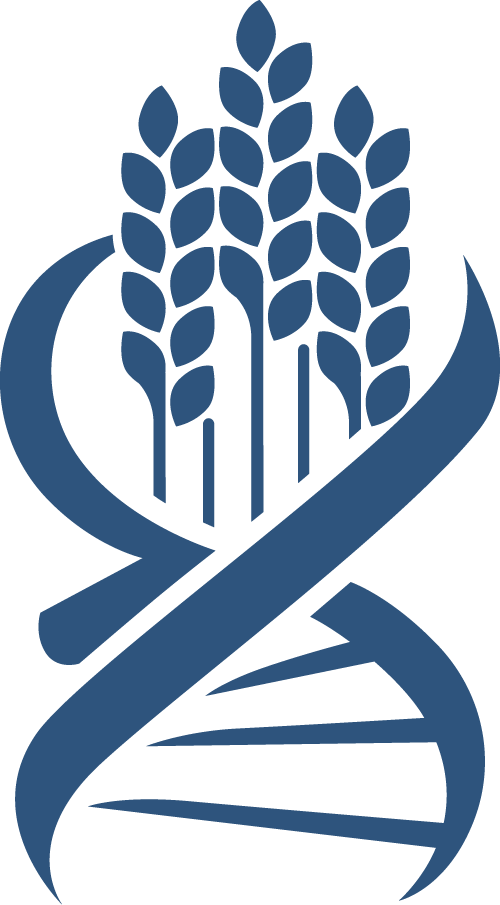new to the gluten free journey?
new to the gluten free journey?

Contents
ToggleBeans are a starchy legume that are high in protein and fiber. As a generally healthy and easy option to prepare, many people adopting a gluten free diet wonder, are beans gluten free?
This article will explore this question. While there are nuances in eating beans on a gluten free diet, here’s the bottom line:
So how can you ensure your beans are 100% safe for your diet? This article will help you learn how to safely eat beans.
Before we get into the discussion on whether beans are gluten free, here is a refresher on gluten and celiac disease to provide some context to our conversation. Celiac disease is an autoimmune condition in which your immune system perceives gluten as an invader. This causes your body to launch an immune response that causes inflammation and damage to the villi in your small intestines causing malabsorption, malnutrition, and other health related issues.
Those who have celiac disease need to avoid gluten. Gluten is often defined as a type of protein found in wheat, rye, barley, and other grains. However, we know that gluten protein can be found in ALL grains. Common foods containing gluten include pasta, bread, baked goods, and beer. If you think you have gluten intolerance, you can take our sensitivity test to learn more!
 Beans are part of the Fabaceae family of plants. There are a wide variety of types of beans, including black, red, kidney, garbanzo, lima, cannellini, pinto, and more. Each variety has a moderately different flavor and texture.
Beans are part of the Fabaceae family of plants. There are a wide variety of types of beans, including black, red, kidney, garbanzo, lima, cannellini, pinto, and more. Each variety has a moderately different flavor and texture.
Beans are generally inexpensive and relatively quick and easy to prepare, making them an appealing option for people in many different countries and cultures. They can be added to soups or salads, mixed with meats or veggies, or simply seasoned with spices and served as a side, like these baked beans.
Beans are also high in fiber, which can support digestion. Since fiber consumption can decrease when first adopting a gluten free diet, due to cutting out grains, beans can be a good addition to a gluten free diet. Whole fruits, vegetables, nuts, and seeds are other good sources of fiber.
As with many foods, those with celiac disease should be aware of potential cross contact or cross contamination with beans. Beans may come into contact with wheat, barley, or rye while being grown, harvested, packaged, or stored. Be careful when purchasing beans that they are packaged and labeled, not stored in a bulk wholesale bin where they may be contaminated.
Beans also may be contaminated with gluten when prepared to be eaten. When eating prepared beans, either packaged, at a restaurant, or by a friend or family member, be sure to check labels and ask questions. Foods with prepared beans may include:
In addition, it is always important to check the ingredients list on your beans before purchasing to ensure there are no added ingredients, and to check for a certified gluten free designation.
Beans can be a great addition to your diet, but it is important to note that beans contain lectins and phytates, which are considered anti-nutrients. Anti-nutrients are just the opposite of nutrients – they can block the absorption of vitamins, minerals and other nutrients.
Antinutrients can also be difficult to digest. They are present in many plants as a defense mechanism for the plant, but the same features that lectins and phytates use to defend plants in nature can create problems during human digestion. Due to their anti-nutrient status and the difficulty that they can cause in digestion, lectins and phytates can contribute to inflammation in the gut as well as malnutrition for some people.
Lectins are proteins that bind to carbohydrates that are found in beans, peanuts, lentils, tomatoes, potatoes, eggplant, wheat, and other grains. Lectins can interfere with the absorption of calcium, iron, phosphorus, and zinc. Lectins are not broken down in the gut and are stable in acidic environments.
Phytates are the stored form of phosphorus found in seeds, nuts, legumes, and unprocessed whole grains. Research has shown that phytic acid acts as a “food inhibitor” that prevents certain micronutrients (namely iron, zinc, magnesium, and calcium) from being absorbed by humans, as we lack the enzyme (phytase) needed to digest it in our digestive tract.
Cooking does not help break down antinutrients, so is there any way to prepare beans and other foods that contain antinutrients to improve digestibility? In fact, there is! Soaking and sprouting beans and other legumes neutralizes phytic acid and improves the bioavailability of nutrients.
While beans are naturally gluten free, it is important to be careful about their source and preparation to avoid cross contamination. In addition, beans can be difficult to digest and may contribute to inflammation in some. If you are new to the gluten free diet or working on a gut healing protocol, it might be best to avoid beans until your gut is fully repaired and your nutritional status is no longer compromised.
Beans can be a healthy addition to your gluten free diet, provided they are certified gluten free and not cross contaminated. If you experience digestive discomfort from eating beans, try soaking or sprouting them prior to eating, or simply avoid eating them until your gut has had more time to fully heal.
Stay up-to-date with the latest articles, tips, recipes and more.

*These statements have not been evaluated by the Food and Drug Administration. This product is not intended to diagnose, treat, cure or prevent any disease.
If you are pregnant, nursing, taking medication, or have a medical condition, consult your physician before using this product.
The entire contents of this website are based upon the opinions of Peter Osborne, unless otherwise noted. Individual articles are based upon the opinions of the respective author, who retains copyright as marked. The information on this website is not intended to replace a one-on-one relationship with a qualified health care professional and is not intended as medical advice. It is intended as a sharing of knowledge and information from the research and experience of Peter Osborne and his community. Peter Osborne encourages you to make your own health care decisions based upon your research and in partnership with a qualified health care professional.